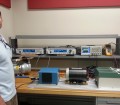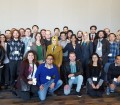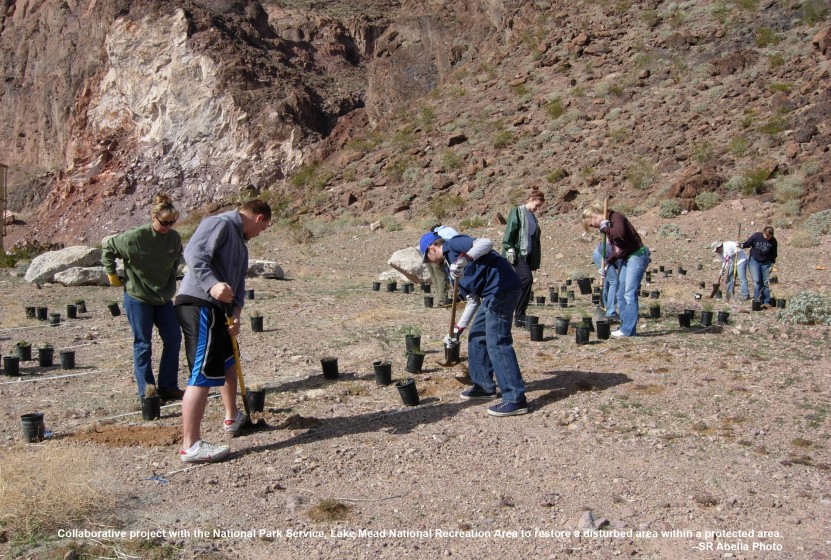Restoring Resilience in the Nevada Desert
How NEXUS science is mitigating renewable energy impacts on arid ecosystems
By Jane Palmer
March 1, 2016
Solar power might be a climate friendly and an air friendly source of energy, but the impacts of large-scale solar production on the surrounding landscape prove less than benevolent.
“The end result of these solar facilities is a net loss ecologically,” says NEXUS scientist Scott Abella, an assistant professor in the School of Life Sciences, University of Nevada, Las Vegas (UNLV).”They are making ecosystems less resilient and adaptable to climate change.”
Construction and deployment of solar power facilities can fragment the land resulting in loss of habitat for natural species such as the Nevada State reptile, the Desert Tortoise. It can also destroy the topsoil and land cover, hailing dustier conditions, and greater fire risk if the disturbances promote non-native plants. With the changing conditions, opportunistic invasive species can proliferate, tipping the entire ecosystem out of balance even further.
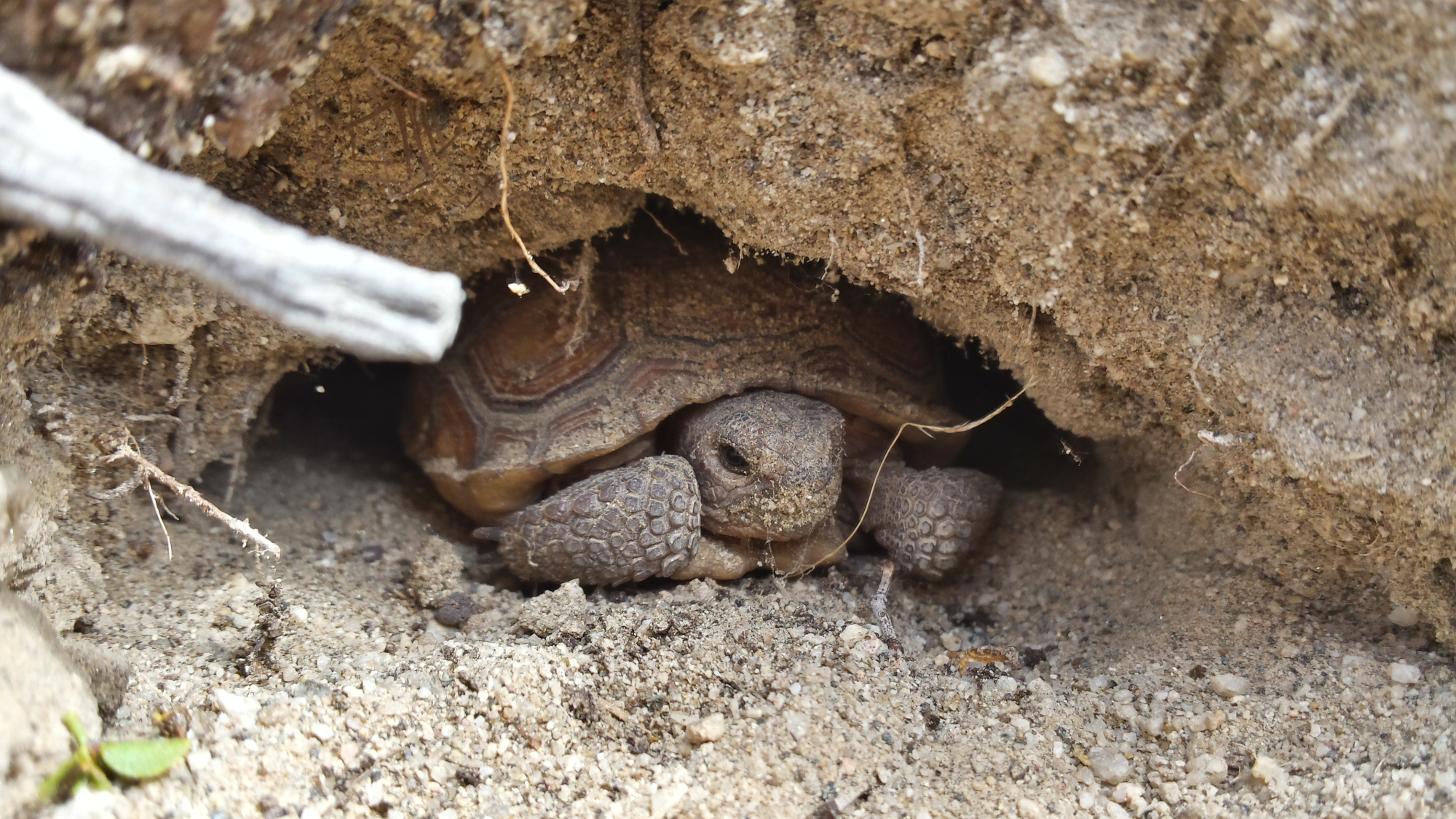
Desert Tortoise
–SR Abella Photo
A Mojave Makeover
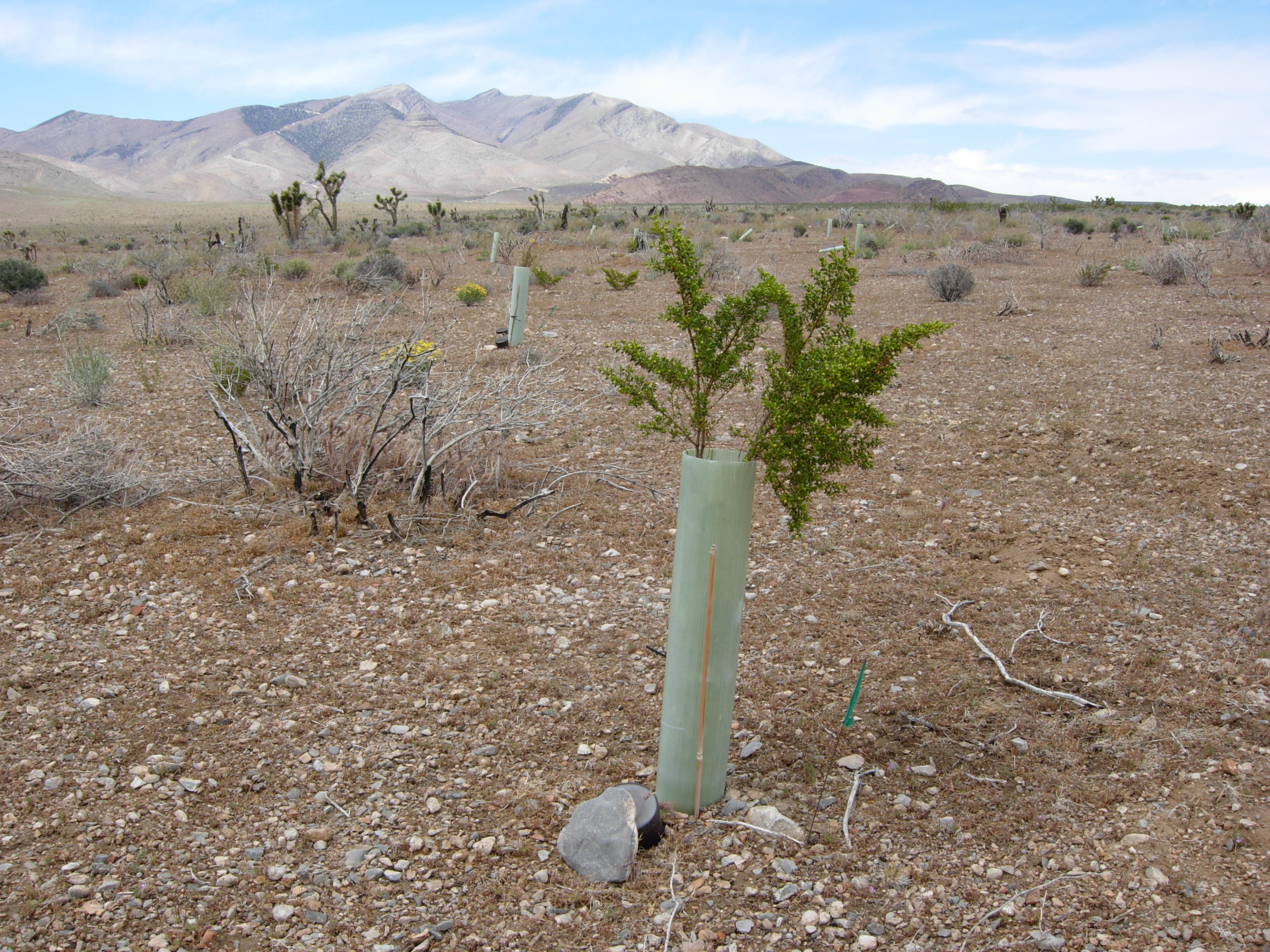
Creosote Bush
–SR Abella Photo
A Helping Hand from Science
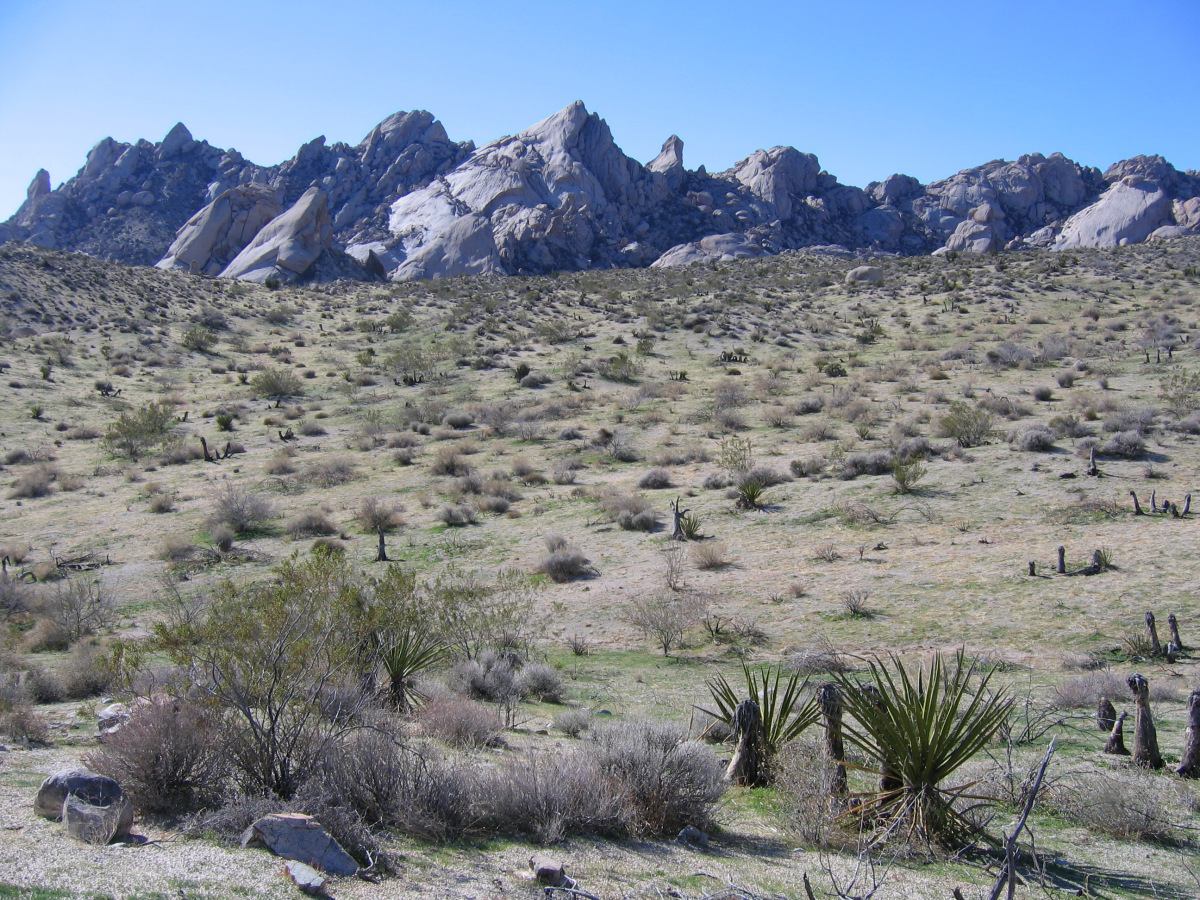
Red Rock Conservation Area
–SR Abella Photo
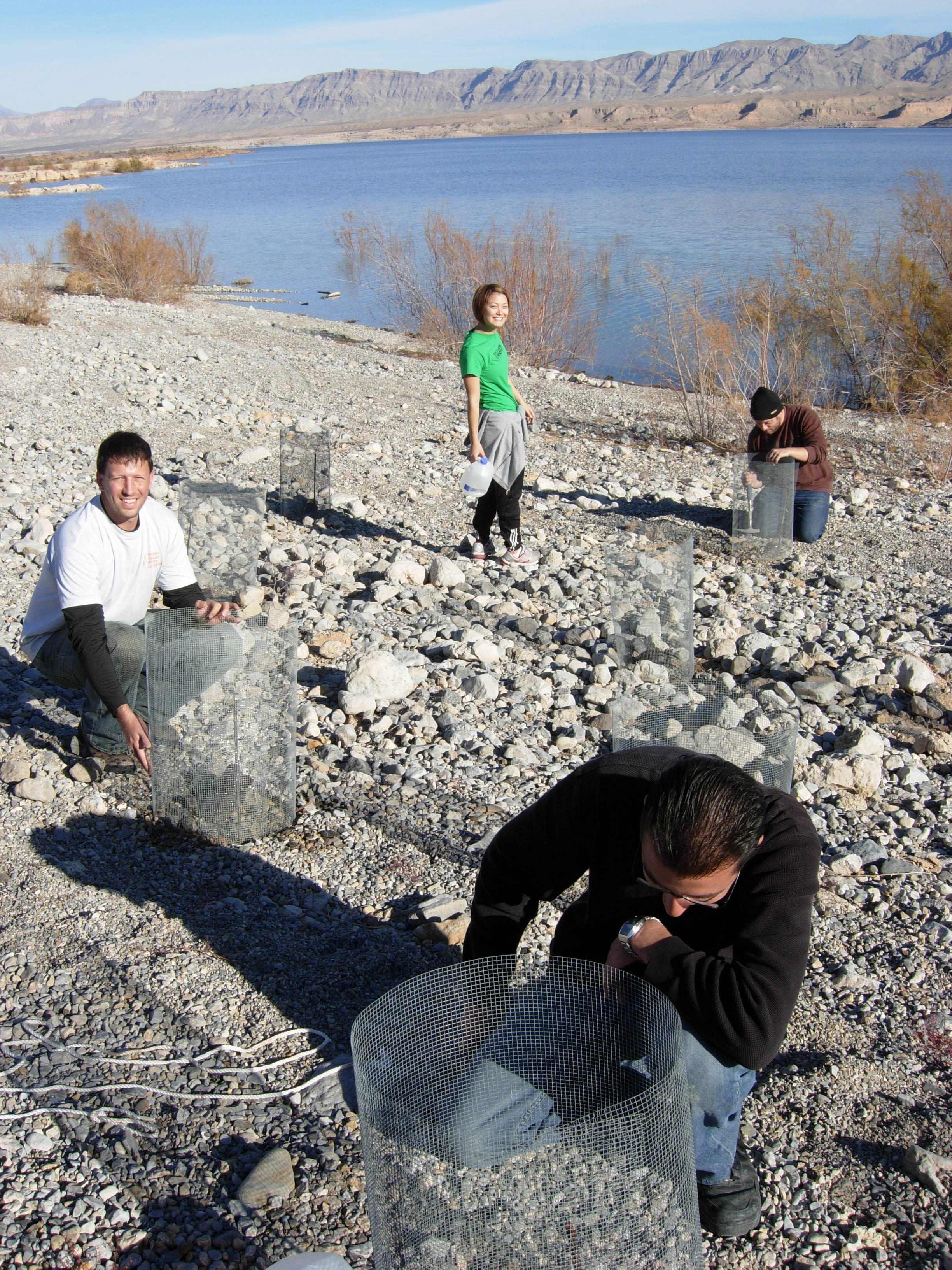
Scott Abella (left) and UNLV students
planting greenhouse grown seedlings with
protective fences on disturbed soil.
–UNLV Photo
Creating the human infrastructure for advances in science


